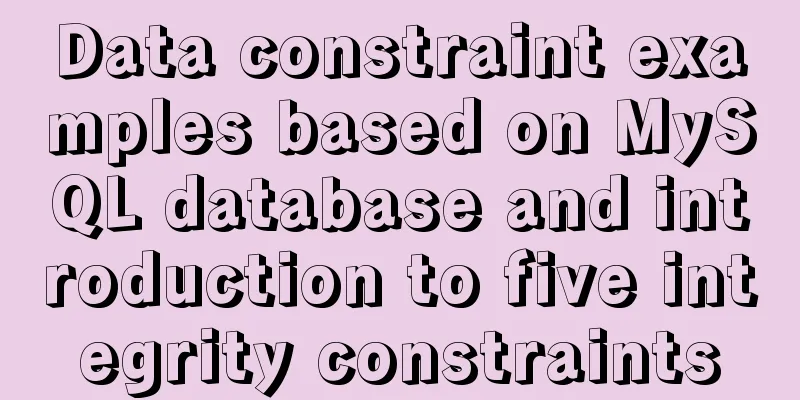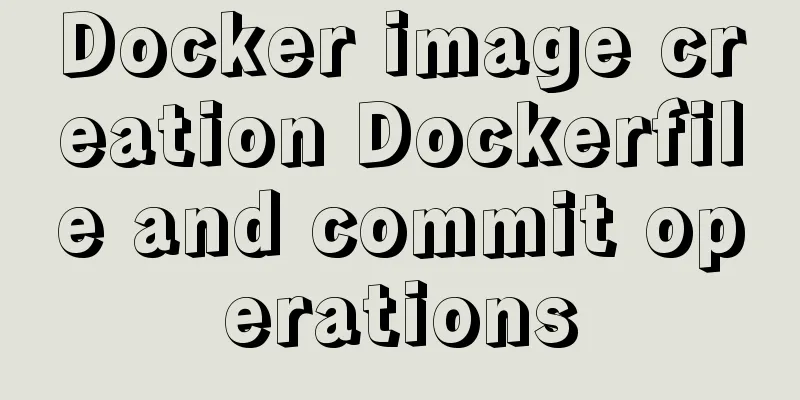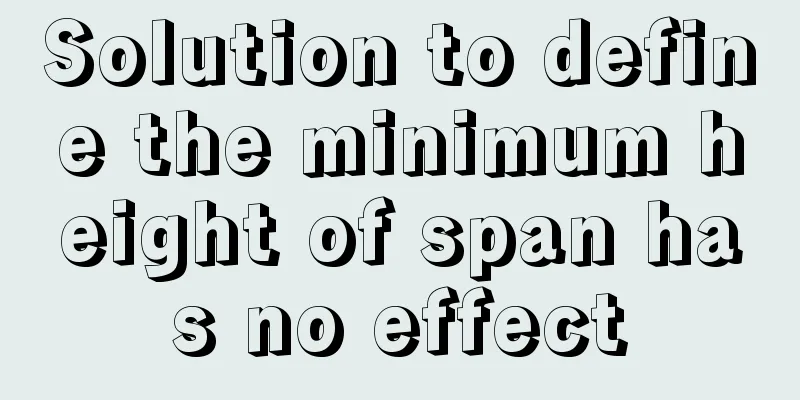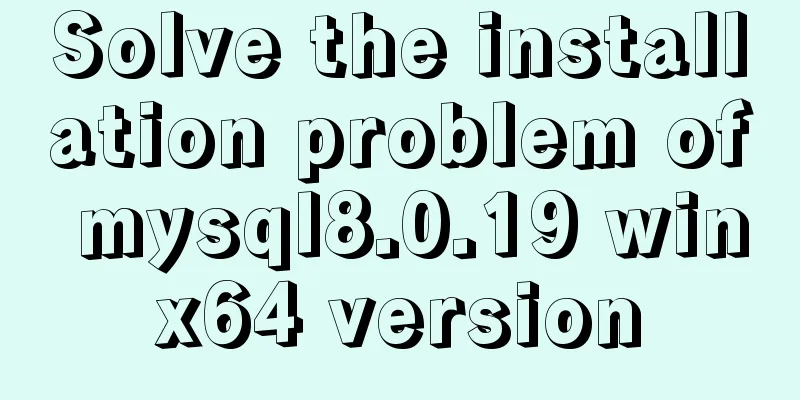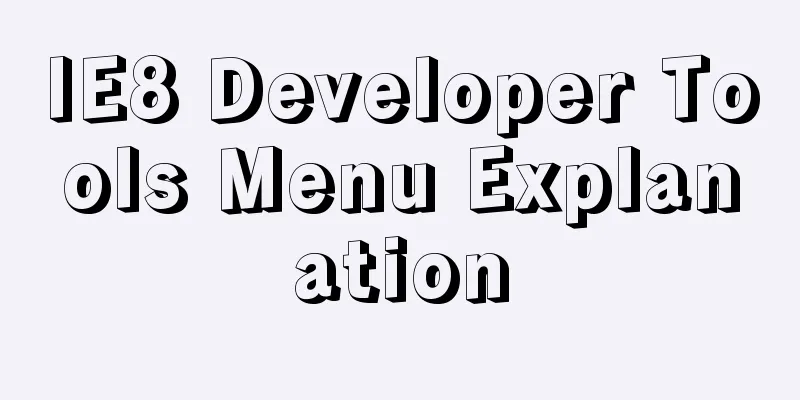Problems installing TensorRT in docker container
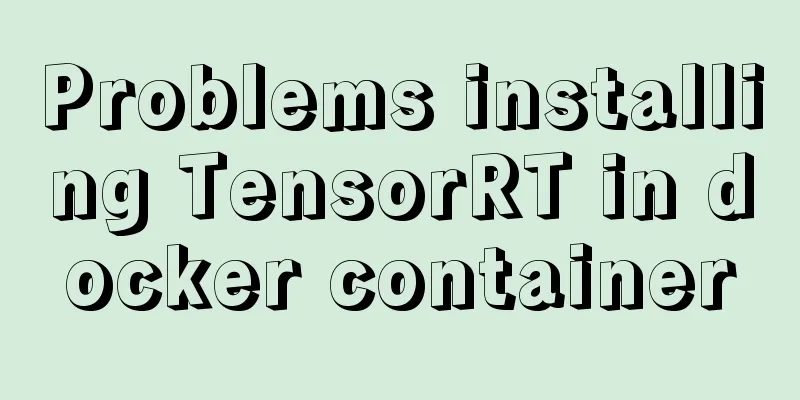
|
Uninstall the installed version on Ubuntu: sudo apt-get purge "libnvinfer*" If you want to delete all installation files to free up space, execute: dpkg -l | grep tensorrt Check the installation package name. If it is nv-tensorrt-repo-ubuntu1804-cuda11.1-trt7.2.1.6-ga-20201007, execute: sudo dpkg -P nv-tensorrt-repo-ubuntu1804-cuda11.1-trt7.2.1.6-ga-20201007 In this way, directory files such as /var/nv-tensorrt-repo-ubuntu1804-cuda11.1-trt7.2.1.6-ga-20201007_1-1 are deleted. Install TensorRT on the Ubuntu host according to https://docs.nvidia.com/deeplearning/tensorrt/install-guide/index.html#installing-debian. Download the deb file of the installation repo and execute the following steps. If you install TensorRT7.2.1 version adapted to CUDA10.2, execute: sudo dpkg -i nv-tensorrt-repo-ubuntu1804-cuda10.2-trt7.2.1.6-ga-20201006_1-1_amd64.deb sudo apt-key add /var/nv-tensorrt-repo-cuda10.2-trt7.2.1.6-ga-20201006/7fa2af80.pub sudo apt-get update sudo apt-get install tensorrt If you are installing in a Docker container , you cannot use the above steps, otherwise you will always encounter errors like the following in the last step of the installation:
CUDA10.2 is clearly installed in the container, and TensorRT is also version 7.2.1.6+cuda10.2, but it always reports similar errors. It is still the same when changing to other versions. It is very frustrating. Later, I carefully read NVIDIA's documents and found
It seems that another way is needed to install TensorRT in the docker container. However, it is troublesome to install a bunch of libnvinfer* libraries (change 8 to 7 as needed) using the Network Repo method:
And after installing it, I found that there were still various problems when compiling the program later, even the method of specifying the version had the same problem:
After a while of trying again, I still got it wrong. Finally, I looked down and found this simplest and most reliable way:
In other words, the inexplicable error reported at the beginning is actually because the NVIDIA CUDA network repository is configured in the docker container. After manually downloading and installing the TensorRT local repository such as nv-tensorrt-repo-ubuntu1804-cuda10.2-trt7.2.1.6-ga-20201006_1-1_amd64.deb, if you use sudo apt-get install tensorrt to install it, there will be a package conflict due to the two sources. You only need to add a file local-repo under /etc/apt/preferences.d/ with the content: Package: * Pin: origin "" Pin-Priority: 1001 Then execute sudo apt-get update sudo apt-get install tensorrt The version cuda10.2-trt7.2.1.6 corresponding to the local repo was successfully installed, and there were no errors in compiling the program! I feel that NVIDIA's documentation is really poorly written in some places. Can't they explain clearly and completely the installation for each environment separately? They have to mix a lot of things together and let users go through the pits one by one. In addition, if you are using an RTX30 series GPU, the CUDA version needs to be >= 11.1. Otherwise, although TensorRT can be installed, the following error may be reported during actual runtime:
Although 11.1.0 can be used, the following errors may occur when compiling certain programs such as caffe or darknet:
Therefore, for RTX30 series GPUs, it is best to install CUDA version >= 11.1.1 The above is the details of the problem of installing TensorRT in the docker container. For more information about installing TensorRT in docker, please pay attention to other related articles on 123WORDPRESS.COM! You may also be interested in:
|
<<: Refs and Ref Details in Vue3
>>: MySQL table field time setting default value
Recommend
Vue implements a draggable tree structure diagram
Table of contents Vue recursive component drag ev...
Implementation of importing and exporting vue-element-admin projects
vue-element-admin import component encapsulation ...
Detailed explanation of the principles and implementation methods of Mysql account management
This article uses examples to illustrate the prin...
How to completely uninstall node and npm on mac
npm uninstall sudo npm uninstall npm -g If you en...
Correct steps to install Nginx in Linux
Preface If you are like me, as a hard-working Jav...
Let IE support CSS3 Media Query to achieve responsive web design
Today's screen resolutions range from as smal...
JQuery implements hiding and displaying animation effects
This article shares the specific code of JQuery t...
HTML table tag tutorial (46): table footer tag
The <tfoot> tag is used to define the style...
Summary of JavaScript's setTimeout() usage
Table of contents 1. Introduction 2. The differen...
Solution to the problem of two slashes // appearing after the domain name when nginx is configured for domain name access
I rewrote my personal website recently. I bought ...
Detailed explanation of JavaScript Promise and Async/Await
Table of contents Overview Four examples Example ...
Teach you to implement a simple promise step by step
Table of contents Step 1: Build the framework Ste...
Solution to MySQL 8.0 cannot start 3534
MySQL 8.0 service cannot be started Recently enco...
Docker deploys mysql to achieve remote connection sample code
1.docker search mysql查看mysql版本 2. docker pull mys...
CentOS 8.0.1905 installs ZABBIX 4.4 version (verified)
Zabbix Server Environment Platform Version: ZABBI...




